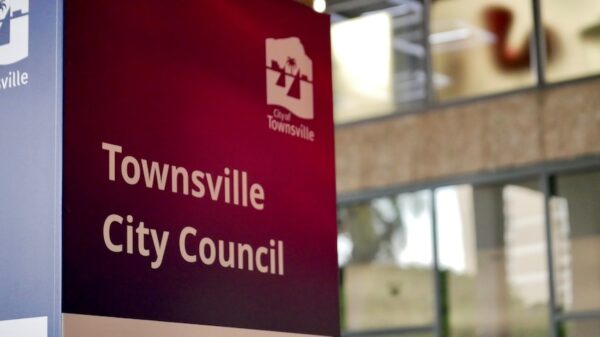A devastating flash flood struck Nancy Callery’s childhood home in Hunt, Texas, on July 4, 2025, raising urgent concerns about the effectiveness of the U.S. Federal Emergency Management Agency (FEMA)’s flood maps. These maps are intended to inform homeowners and local officials about flood risks, yet recent events have shown that they may not adequately prepare communities for the realities of rising flood threats.
FEMA’s Flood Insurance Rate Maps (FIRMs), created in the 1970s to support the National Flood Insurance Program, serve multiple purposes. They determine where flood insurance is mandatory for federally backed mortgages, inform local building codes, and guide floodplain management strategies. In Kerrville, Texas, for instance, a federal flood map indicates areas with a 1% annual chance of flooding, but these assessments have proven inadequate in the face of changing climate conditions.
Research conducted by First Street, an organization focused on quantifying climate risks, indicates that over twice as many properties are at risk of a 100-year flood than FEMA’s maps suggest. This discrepancy raises questions about the maps’ ability to reflect current realities, particularly in areas prone to flash flooding that may not be adequately captured.
Limitations of FEMA Flood Maps
FEMA’s flood maps are essential resources but have significant limitations. They primarily focus on river channels and coastal flooding, often neglecting flash flood risks associated with smaller waterways, such as streams and tributaries. As climate change leads to more frequent extreme weather events, these gaps become increasingly critical. For example, when Hurricane Helene impacted areas around Asheville, North Carolina, in 2024, significant uninsured damage occurred in locations that FEMA did not map as high-risk.
Even in places like the Camp Mystic site in Kerr County, Texas, where severe flash flooding occurred, FEMA’s maps may underestimate risks due to their reliance on outdated historical data. Local political influences can exacerbate these issues; local governments and developers often lobby against high-risk designations to avoid insurance mandates, resulting in maps that may not accurately reflect community flood exposure.
The lengthy process to update FEMA flood maps also contributes to the problem. On average, it takes between five to seven years to develop and implement a new map, leaving many communities with outdated information. This lag can hinder local governments’ ability to enforce building codes and infrastructure planning based on current flood risks.
Technological Advances Offer Solutions
Emerging technologies, including satellite imaging and high-resolution lidar, provide opportunities to create more accurate flood maps that account for flash flooding and extreme rainfall. However, these advancements require significant federal investment. Congress controls FEMA’s mapping budget, and updating flood maps has historically been a low priority among many elected officials, who often view new flood designations as a threat to development interests.
Recent years have seen the rise of private flood risk data and climate risk analytics models, enabling industries such as real estate, finance, and insurance to rely less on FEMA’s maps. New models incorporate forward-looking climate data, including projections of extreme rainfall and sea-level rise, which FEMA’s maps typically do not consider. Real estate platforms like Zillow and Redfin now offer property-level flood risk scores, highlighting vulnerabilities that FEMA maps may overlook.
As property buyers become more aware of flood risks, shifts in desirability for certain locations could occur, impacting property values and community tax revenue. While these changes may seem driven by new data, the underlying risks have always existed.
The federal government plays a crucial role in ensuring that accurate flood risk assessments are accessible to communities across the United States. As better tools and models for assessing risk continue to evolve, there is a pressing need for FEMA’s risk maps to keep pace with the realities of climate change. The urgency of this challenge cannot be understated, especially as communities strive to protect themselves from increasingly unpredictable weather patterns.




























































